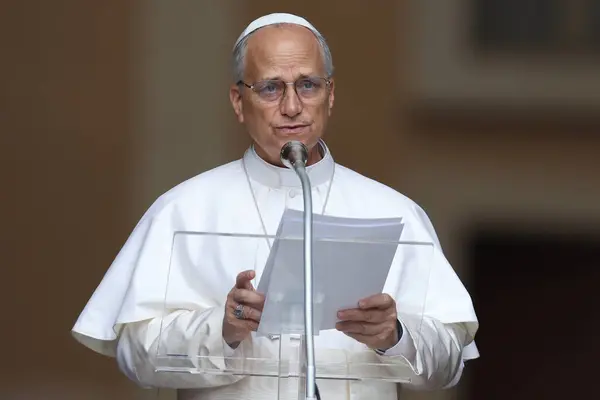
Pope Leo XIV’s first Apostolic Exhortation, Dilex The, goes forth in a firm, unbending truth: “No Christian may look upon the poor simply as a social question; they are our ‘family.’ They are ‘of us’.” Dated October 9, this theological yet pragmatic document sets the tone for his papacy, linking love for God with love for the poor. A continuation of the course established by Pope Francis but in Leo’s own voice-formed by the years living amidst the poor in Peru is a challenge to the faithful to stand firmly against the institutions that maintain poverty.
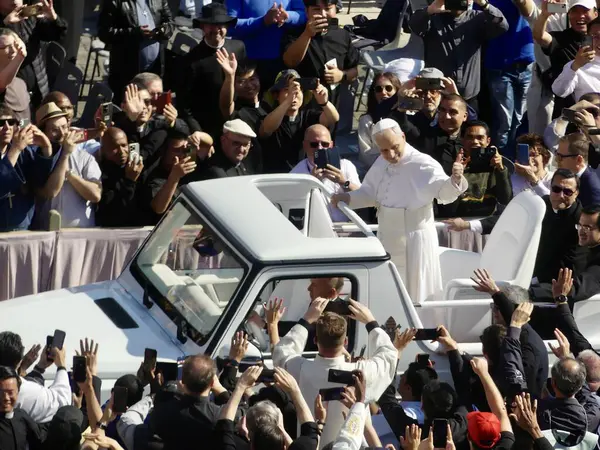
1. Loving the Poor as the Centre for Faith
Leo is firm in insisting that “love for the poor whatever the form their poverty may take” is the evangelical signature of a Church faithful to the heart of God. It is no sentimentality; it is the Gospel lived. For the poor, God “continues to speak to us” reiterating the biblical witness from Exodus to the Beatitudes. Appeals have roots in Scriptures, early Church, and the life of the saints who gazed upon the face of Christ in the poor Saint Augustine’s stern reminder: “Anyone who says they love God and has no compassion for the needy is lying” remains a perennial challenge.
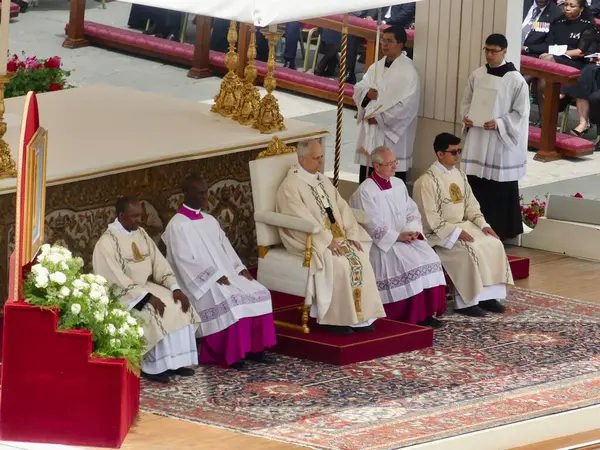
2. A Criticism of Economies that are Destructive
Following the style of Francis’ The Joy of the Gospel, Leo again denounces “the dictatorship of an economy that kills.” He further critiques ideologies that adhere to “the absolute autonomy of the marketplace and financial speculation” and engenders a “new tyranny invisible and often virtual.” Its impact is increased inequality “the root of social ills” and a “throwaway culture” that is starving and homeless while wealth for the few is amassed. The denunciation follows the tradition of the Catholic social doctrine beginning with Rerum Novarum’s refusal to conform to models of the economy acting in a way that dishonours human dignity.
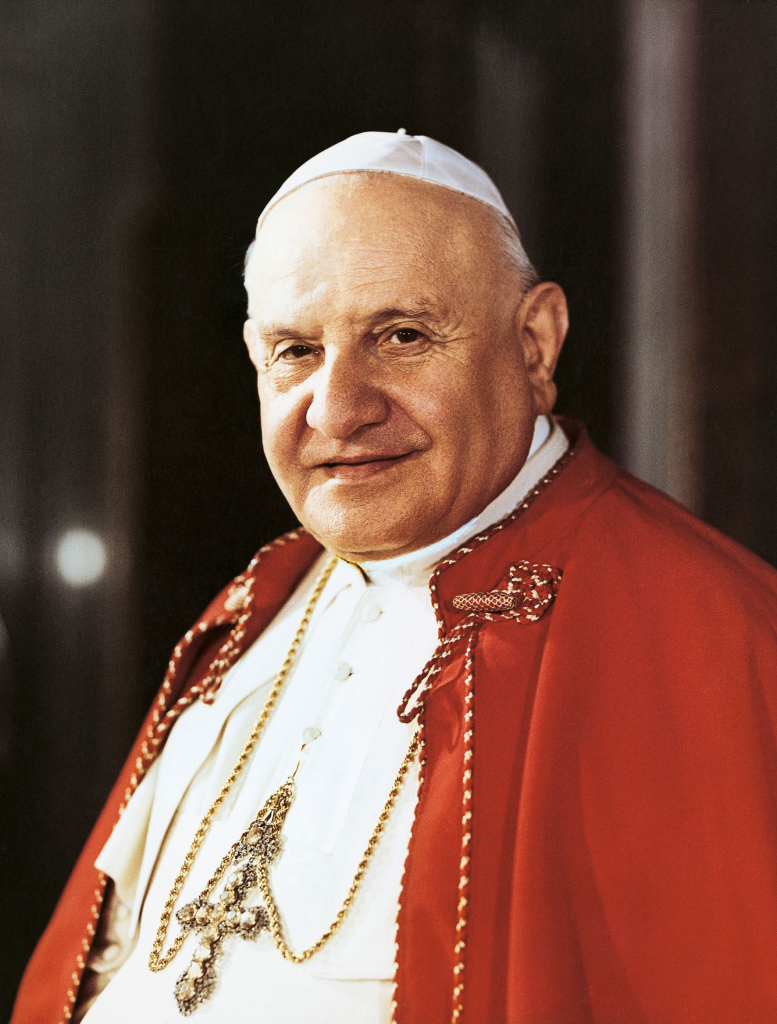
3. Historical Continuity in Catholic Social Teaching
Leo draws a thread from the 12th-century mendicant orders to contemporary saints such as Mother Teresa and demonstrates how “‘love for the Lord is one with love for the poor.” He cites the Vatican II landmarks when Pope John XXIII called the Church “the Church of all and in particular the Church of the poor.” This vision guided the Latin American episcopal conferences Medellín, Puebla, Santo Domingo, Aparecida with the result that the “preferential option for the poor” became an underlying principle for all the concerns of the pasters.
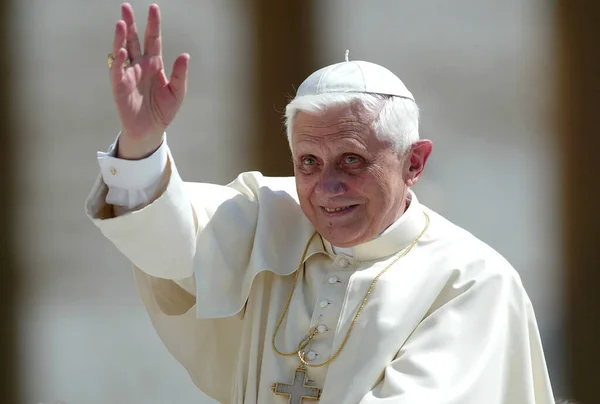
4. Preference for the Poor: Non-Negotiable
Leo clarifies that this alternative “never speaks of exclusivity or of excluding” but talks about the love of God for the weakest. The Latin American tradition, established in Aparecida, requires that such a selection condition all the institutions of the Church. As Pope Benedict XVI confirmed there, it is “implicit in the Christological faith in the God who became poor for us.” For Leo, such is not a choice but the path of holiness.
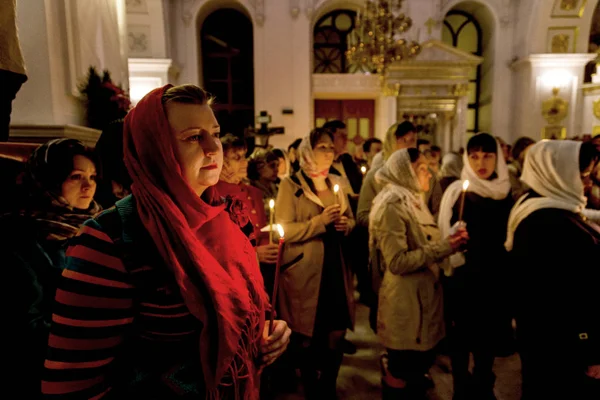
5. Faces of Poverty and New Challenges
The appeal lists the “faces” of poverty: poverty of means, social isolation, spiritual and ethical poverty, denial of rights and freedoms. He condemns new, insidious poverty and rebuts the myth of a meritocracy where the poor “merit” this condition. He talks colourfully of migrants, of women subjected to violence and of workers trapped in exploitative work as Christ Himself at our door.
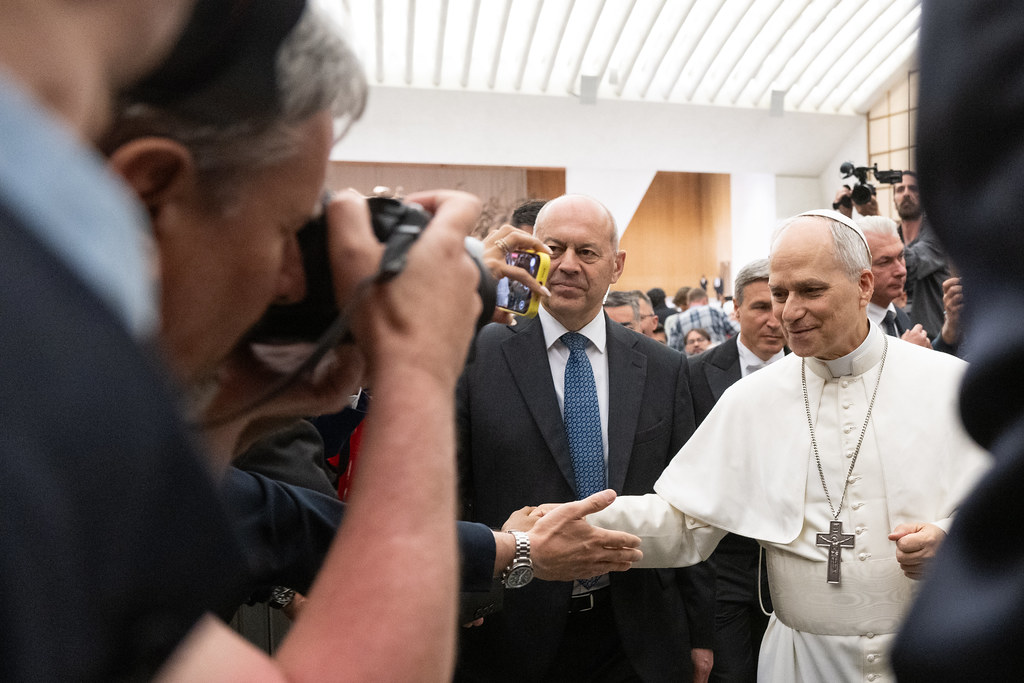
6. From Charity to Justice
While embracing the need for welfare initiatives, Leo defines them “nothing more than provisional remedies.” The greater imperative is to eliminate unequal arrangements by “the power of good” transforming attitudes and constructing accountable policies. This transition from sheer charity to justice is comparable to the maturation of Catholic ethical principles in health care, where the preferential option for the poor imposes underlying system advocacy in addition to direct service.

7. Saints, Orders, and Popular Movements
Leo also celebrates religious orders and saints that realized this mission: Franciscans embracing poverty, Camellias tending the sick. He also cheers popular movements against the “empire of money” for joint action “with the poor and of the poor” for the building of inclusive societies. This sort of witness testifies that social change and holiness are companions.
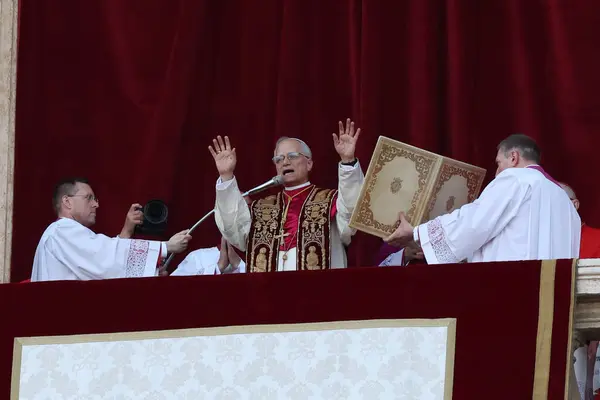
8. The Political Side of Discipleship
Leo yearns for “politicians capable of having genuine and efficient dialogue for healing the world’s evils. its deepest roots.” He urges the People of God to “make their voice heard. even by running the risk of being called fools or naive persons.” This follows the call by Francis for the “existential outskirts” and avoidance of a self-centred Church in Favor of trading indifference for solidarity.
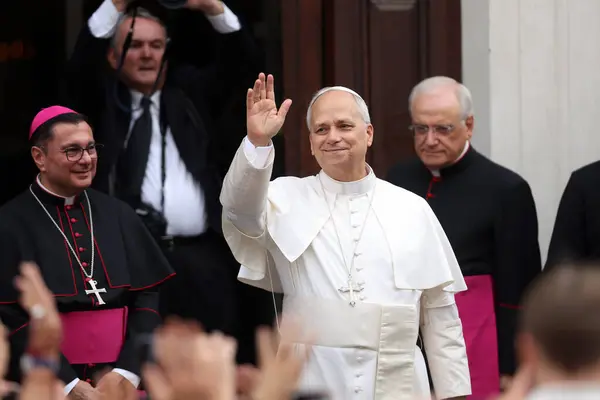
9. A Companion to Dilexit Nos
By interjecting Dilex The between Francis’ final encyclical, Dilexit Nos, Leo positions his teaching of the love of the Sacred Heart a love given “upon the lowest ranks of society.” He picks up where Francis’ incomplete entreaty left off when he writes that by gazing upon Jesus in the poor, “we see revealed the very heart of Christ which every saint endeavours to imitate.”
‘s warning is ancient and characterizable modern all at once: the poor are not a problem to be solved but the very Christ to be loved. This appeal needs prayer, policy, and personal conversion a harmonized response that will never divide the Kingdom of God from the very dignity of the human person.


